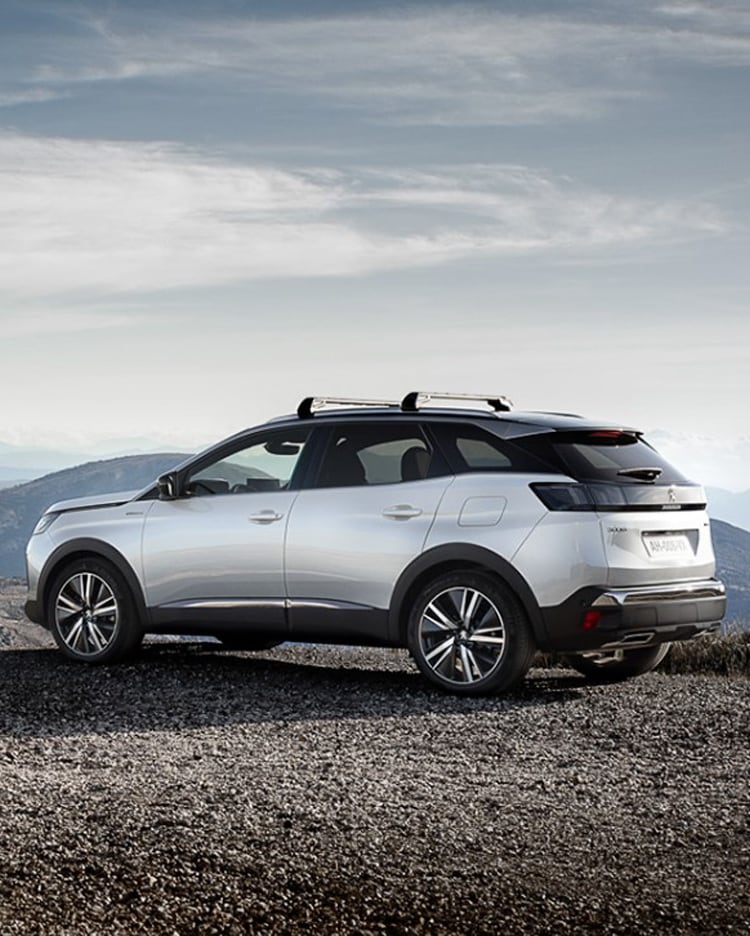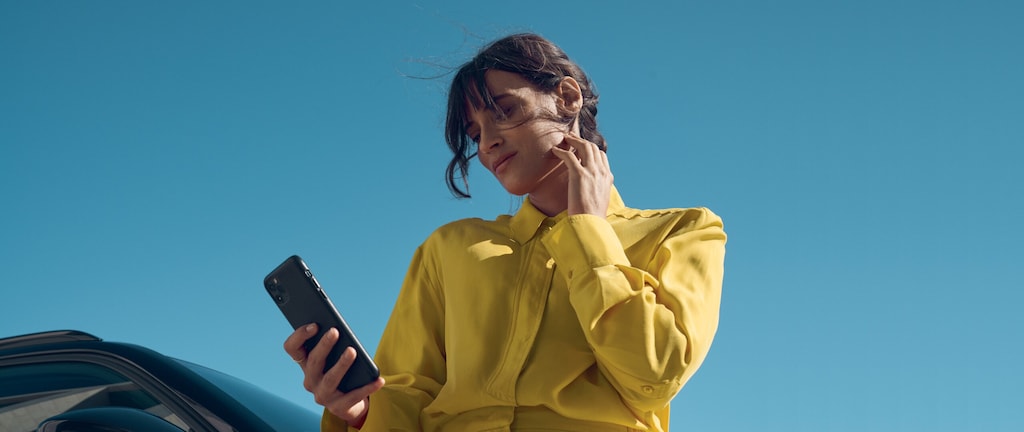September 1, 2022
8 minute read
Do you want to receive all our news? Sign up to the newsletter
IN THE EYE OF A CAR PHOTOGRAPHER: EXPERIENCE AND ADVICE FROM A PROFESSIONAL
William Crozes has been an automotive photographer for several years. He works for Continental Agency, with whom PEUGEOT has collaborated on several campaigns. For The Magazine, he agreed to share his experience with us. He also gave us some advice that you would be well advised to consult if you want to succeed with your own car photos!
“
What is special about automotive photography?
The specificity of automotive photography is to sublimate an object that is technically very complicated to showcase. Indeed, it is an object that is both reflective and transparent with the glazing, there is also chrome, brushed aluminium, dark materials such as tyres, reflections through signage (lights and headlights), etc. In a nutshell, all the most complicated materials to photograph are brought together in one object!

Another specificity of the job is to understand the expectations of the different partners with whom the photographer collaborates. This is not that simple because sometimes visions and expectations diverge between communication, marketing and design teams. The photographer must be able to position himself as a "conductor" in order to meet all the needs.
It is important to note that car photography is a team effort, working closely with production companies. The expertise of the production company is combined with that of the photographer: this association is essential to bringing a project to fruition because the logistical difficulties are so great (transporting vehicles sometimes to the other side of the world, dealing with the vagaries of the weather, etc.).
It is important to note that car photography is a team effort, working closely with production companies. The expertise of the production company is combined with that of the photographer: this association is essential to bringing a project to fruition because the logistical difficulties are so great (transporting vehicles sometimes to the other side of the world, dealing with the vagaries of the weather, etc.).

So how much creativity do you have in the face of the various obligations of the brief and the specifications for an advertising campaign?
The client's brief gives indications of the desired atmosphere (for example, an arid or very green, Nordic, rainy or even snowy setting): it is up to us to propose a destination, a place or something else. In recent years, the demands have changed: before, it was enough to put the car in beautiful landscapes and to sublimate its design. Now, car manufacturers also want to place their vehicles in an urban environment, with all the difficulties of confidentiality that this entails. There are also requests for architectural settings: the car must be placed in a private setting like a beautiful architect's house. The search for locations is therefore becoming an increasingly important part of our work.
Furthermore, with the growing trend of lifestyle, we often have to include characters (a man, a woman or even a family) to anchor the car in real life
Furthermore, with the growing trend of lifestyle, we often have to include characters (a man, a woman or even a family) to anchor the car in real life
How do you choose the setting for the shoot?
It is the same process as in cinema. A first selection is made by a scouting team and then we come in to make what we call "a second screening" for the final selection. Once we have found locations that correspond to the client's needs and that respect the budgetary requirements, we call on local production companies who can, in the first instance, provide us with photos of the location taken by their photographers on location and archived in image banks.
The various proposals are submitted to the client. When the selection is refined, we send a local fixer to go and find the various settings chosen. It is important to check that the location is still compatible with the shooting and this is not always the case because sometimes there has been construction, the vegetation has changed or the site is being renovated. Sometimes the client asks for other proposals. Our team only leaves when we agree on a location with the client. Only then do we check the location ourselves.
The various proposals are submitted to the client. When the selection is refined, we send a local fixer to go and find the various settings chosen. It is important to check that the location is still compatible with the shooting and this is not always the case because sometimes there has been construction, the vegetation has changed or the site is being renovated. Sometimes the client asks for other proposals. Our team only leaves when we agree on a location with the client. Only then do we check the location ourselves.
Since you started working as a car photographer, what do you consider to be the most significant developments?
There are many, but I would say the two changes that have revolutionised our photography are: retouching and 3D.
For the retouching, we say, in our professional jargon, that we "composite". That is to say that we will modify the original decor, to improve it or to clean it up because there may be poles, for example, or a rubbish dump or anything else that is annoying for us.
The advent of 3D is also a major factor in the evolution of the profession. We start by shooting the sets and then integrate the car in 3D. These are several reasons to this:
- The cars are not always ready on time.
- You can free yourself from the sometimes cumbersome logistics. Now, a small team is enough to go and shoot backgrounds on the other side of the world without having to move cars.
- You can free yourself from changing weather conditions.
- Improved creativity: thanks to 3D, cars can be placed in places where it would be impossible or too expensive to shoot in reality.

What projects have you worked on with Peugeot? Which one has made the greatest impression on you?
I have participated in several PEUGEOTcampaigns: the PEUGEOT e-PARTNER and e-RIFTER, PEUGEOT 508 PSE and the 9X8 racing car.
The most striking campaign was for the PEUGEOT 508 PSE. First of all, it was long: it lasted 12 days. In addition, it took place during lockdown, so it was complicated for the production: the hotels were closed, they only opened for us... And above all, we were shooting in the mountains! We were at the Bonnette road in the French Alps which is the highest road in Europe at about 2,800 meters. The conditions were very difficult, at least 50 cm of snow had fallen and it was very cold but the group cohesion was great! There was an incredible atmosphere!

What advice could you give to anyone who wants to take beautiful photos of their car, especially for posting on social networks?
First of all, you have to try to understand why the car was designed the way it was: what did the designer mean and what are the car's strong points?
Secondly, the harmony of the car must be respected. Excessive wide-angle photography, which is often used on smartphones, is really to be avoided as it distorts the image of the car too much.
Another important thing is to be at the height of the car. You have to stop shooting at eye level.
Secondly, the harmony of the car must be respected. Excessive wide-angle photography, which is often used on smartphones, is really to be avoided as it distorts the image of the car too much.
Another important thing is to be at the height of the car. You have to stop shooting at eye level.

Finally, there is a basic rule of photography: the best natural light is found just before sunrise and just after sunset.
Discover all our articles


